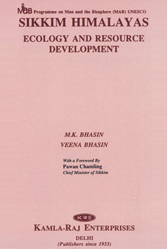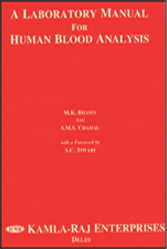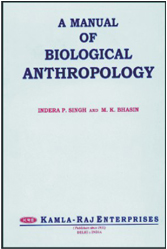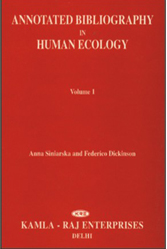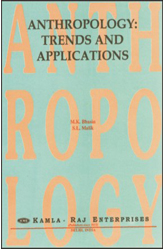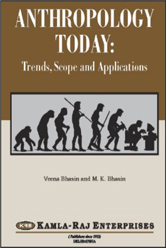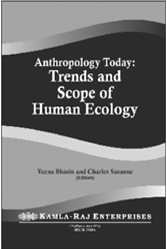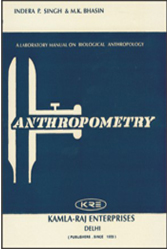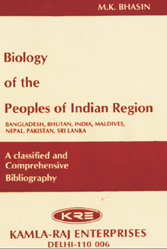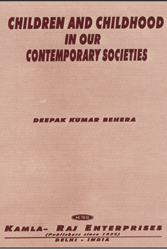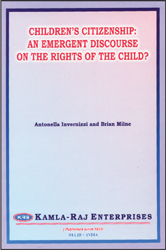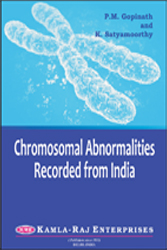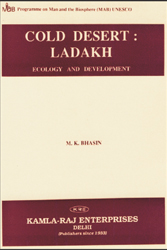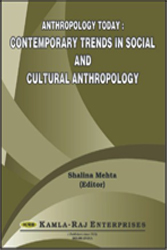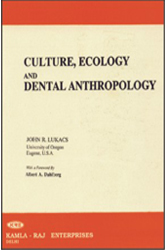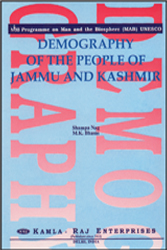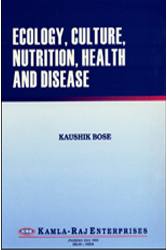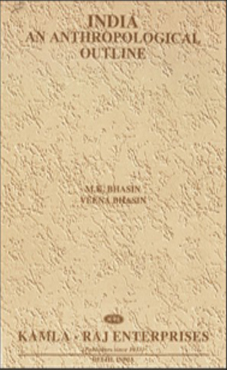ANTHROPOLOGY
INDIA – AN ANTHROPOLOGICAL OUTLINE
M.K. BHASIN AND VEENA BHASIN (University of Delhi, Delhi, India)
2002 • Pages: 177 • Size: 140 × 220 mm • ISBN 81-85264-29-5
Binding: Hard
Price: US $ 20/- Rs. 450/-
India is a multicultural country. Because of its diversity, it provides an ideal situation for undertaking anthropological works. How communities and populations continue to retain their identity, in social and cultural terms on one hand and biological on the other, and how they acquire the characteristics of the others because of cultural borrowing or interbreeding are the questions anthropologists systematically investigate.
India offers an ideal case for examining unity in diversity both with biological and socio-cultural perspectives. Keeping this in view, the present book is an attempt to locate certain important features of India and her populations, and their historical and cultural backgrounds. The first part of the book gives an introduction, while its second part is a full-length treatment of the situation in India. The health scenario and population dynamics are also discussed in the second section.
This book introduces the reader to the anthropological reality of India.
CONTENTS
1. INTRODUCTION
1.1 Introduction
1.2 Indian Population Milieu
1.2.1 History
1.2.2 Skeletal Remains (Hominoid Human)
1.2.2.1 Dental-Molar Crown
1.2.3 Racial Classifications
2. INDIA
2.1 India
2.1.1 India (After Census of India 1991)
2.1.2 Growth of Population in India
2.2 People and India
2.2.1 Regional Groups
2.2.1.1 Physiography and Natural Regions of India
2.2.1.2 Climatological Factors and Climatic Regions of India
2.2.1.3 Political Division of India
2.2.2 Ethnic Groups
2.2.2.1 Castes
2.2.2.2 Scheduled Castes and Scheduled Tribes
2.2.2.3 Communities
2.2.2.4 Traditional Occupational Groups
2.2.2.5 Marriage Patterns
2.2.2.6 Inbreeding
2.2.3 Linguistic Groups
2.2.3.1 Classification of Indian Languages
2.2.3.2 Linguistic Regions
2.2.3.3 Languages Specified in Schedule VIII of the Constitution of India
2.2.3 Religious Groups
2.3 Health and Population Dynamics
2.3.1 Population
2.3.1.1 Density
2.3.1.2 Age Composition
2.3.1.3 Sex Composition
2.3.1.4 Urban-Rural Composition
2.3.1.5 Occupational Structure
2.3.1.6 Literacy and Education
2.3.1.7 Religious Composition
2.3.1.8 Scheduled Castes and Scheduled Tribes
2.3.1.9 Birth and Death Rates
2.3.2 Health
2.3.2.1 Women and Health
2.3.2.2 Nutrition and Health
2.3.2.3 Health Problems in India
2.3.2.4 Causes of Death (Rural)
2.3.2.5 State-wise Analysis of Major Cause-groups
2.3.2.6 Age and Sex Distribution
2.3.2.7 Health Care System
APPENDIX
1. List of Scheduled Castes and Scheduled Tribes of India
2. List of Identified PrimitiveTribal Groups of India
3. Zones, States and Districts in India
REFERENCES
INDEX
